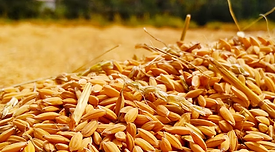Contamination Control
The Art of Bacterial Warfare: Know Thy Enemy
A new European project investigates the antibiotic resistance microbiome in oyster culture regions and seeks to unravel how antibiotic resistance genes move in the surrounding habitats
April 15, 2024
PFAS Litigation and FDA Updates for the Food Industry
Managing PFAS litigation risk requires food manufacturers and suppliers to take adequate steps to assess their exposure and allocate responsibility
April 12, 2024
Review and Update of Methods for Metals Analysis in Foods
Metals detection at low concentration in food can be challenging from an analytical perspective and requires suitable guidance in terms of the instrumentation used and methodological approaches
Eve Kroukamp Ph.D.
Christopher J. Smith Ph.D.
Kevin Kubachka Ph.D.
Stéphane Dubascoux Ph.D.
Erik Konings Ph.D.
April 12, 2024
Medically Important Foodborne Parasites: A Consequential Challenge for Food Safety Assurance
Foodborne parasitic diseases are often overlooked in food safety control schemes, even though they are known to pose a severe threat to human health
April 11, 2024
Never miss the latest news and trends driving the food safety industry
eNewsletter | Website | eMagazine
JOIN TODAY!Copyright ©2024. All Rights Reserved BNP Media.
Design, CMS, Hosting & Web Development :: ePublishing










